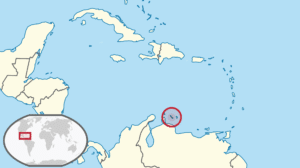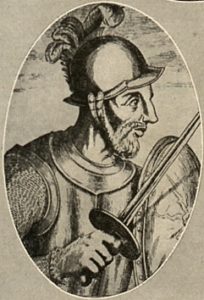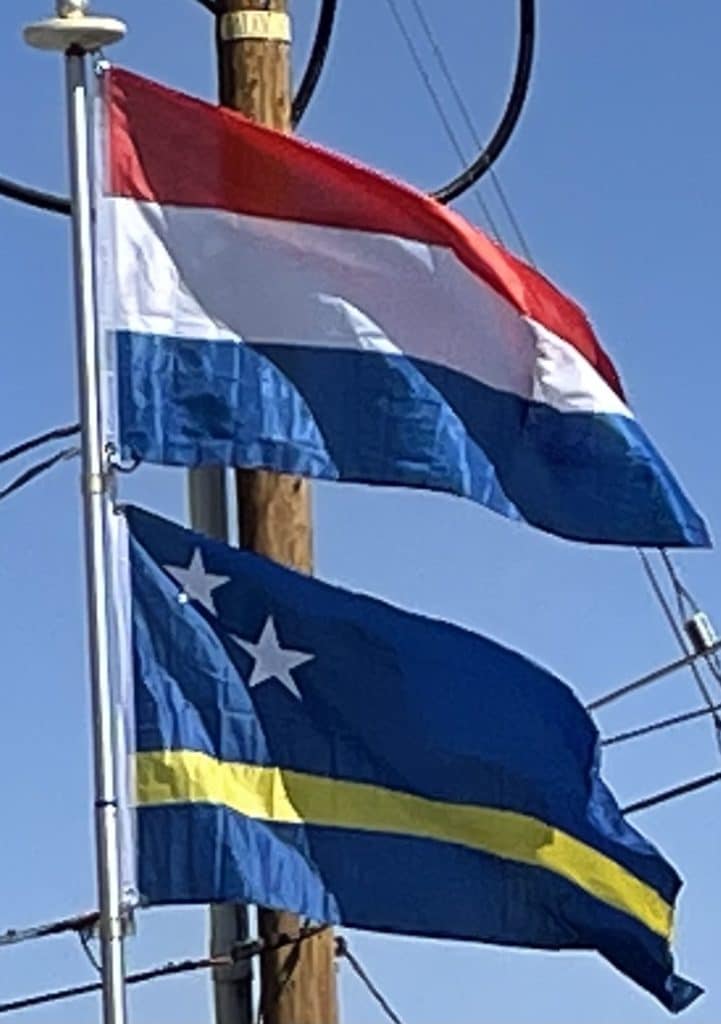Introduction:
Curaçao is a Lesser Antilles island country in the southern Caribbean Sea and the Dutch Caribbean region, about 65 km (40 mi) north of the Venezuelan coast. It is a constituent country of the Kingdom of the Netherlands. Together with Aruba and Bonaire it forms the ABC islands. Collectively, Curaçao, Aruba and other Dutch islands in the Caribbean are often called the Dutch Caribbean.

The country was formerly part of the Curaçao and Dependencies colony from 1815 to 1954 and later the Netherlands Antilles from 1954 to 2010, as “Island Territory of Curaçao” and is now formally called the Country of Curaçao. It includes the main island of Curaçao and the much smaller, uninhabited island of Klein Curaçao (“Little Curaçao”). Curaçao has a population of 158,665 and an area of 444 km2 (171 sq mi); its capital is Willemstad.
History:
Pre-Colonial:
The original inhabitants of Curaçao were the Arawak and Caquetio Amerindians. Their ancestors had migrated to the island from the mainland of South America, likely hundreds of years before Europeans arrived. They were believed to have migrated from the Amazon Basin.
Spanish Colonization:
The first Europeans recorded as seeing the island were members of a Spanish expedition under the leadership of Alonso de Ojeda in 1499. The Spaniards enslaved most of the Arawak for forced labor but paid little attention to the island itself.

Spanish rule lasted throughout the 16th century, during which time its original inhabitants were transferred to the colony on the island of Hispaniola. It served as a bridge for the Spanish exploration and conquest of territories in northern South America.
Over time, the Spanish had little interest in the island or its remaining inhabitants and the land was used primarily for cattle grazing.
Dutch Colonial Rule:
In 1634, after the Netherlands achieved independence from Spain following the Eighty Years’ War, the Dutch West India Company under Admiral Johann van Walbeeck invaded the island and the Spaniards there surrendered in San Juan in August. Dutch colonists started to occupy it. The WIC founded the capital of Willemstad on the banks of an inlet called the Schottegat; this natural harbour proved an ideal place for trade. Commerce and shipping—and piracy—became Curaçao’s most important economic activities. Later, salt mining became a major industry, the mineral being a lucrative export at the time. From 1662 the Dutch West India Company made Curaçao a centre for the Atlantic slave trade, often bringing slaves from West Africa there for sale elsewhere in the Caribbean and on Spanish Main.
In the Franco-Dutch War of 1672–78, Count Jean II d’Estrées planned to attack Curaçao. His fleet—12 men of war, three fireships, two transports, a hospital ship, and 12 privateers—met with disaster, losing seven men-of-war and two other ships when they struck reefs off the Las Aves archipelago. They had made a serious navigational error, hitting the reefs on 11 May 1678, a week after setting sail from Saint Kitts.
